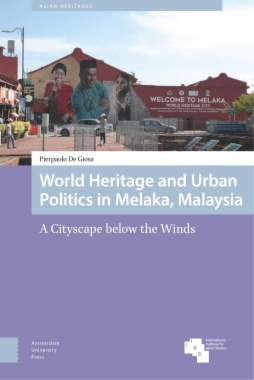In recent years, a number of chronic diseases have been linked, in some cases definitively,
to an infectious etiology: peptic ulcer disease with Helicobacter pylori, cervical
cancer with several human papillomaviruses, Lyme arthritis and neuroborreliosis with
Borrelia burgdorferi, AIDS with the human immunodeficiency virus, liver cancer and
cirrhosis with hepatitis B and C viruses, to name a few. The proven and suspected
roles of microbes does not stop with physical ailments; infections are increasingly
being examined as associated causes of or possible contributors to a variety of serious,
chronic neuropsychiatric disorders and to developmental problems, especially
in children.
The Infectious Etiology of Chronic Diseases: Defining the Relationship, Enhancing the
Research, and Mitigating the Effects, summarizes a two-day workshop held by the
Institute of Medicine's Forum on Microbial Threats to address this rapidly evolving
field. Participants explored factors driving infectious etiologies of chronic diseases of
prominence, identified difficulties in linking infectious agents with chronic outcomes,
and discussed broad-based strategies and research programs to advance the field.
- Cover
- Front Matter
- Summary and Assessment
- 1 Defining the Relationship: An Examination of Infectious Agents Associated with Chronic Disease
- 2 Endemic Infectious Diseases Linked to Chronic Diseases: Implications for Developing Countries
- 3 Obstacles and Opportunities for Framing Future Research
- 4 Opportunities to Prevent and Mitigate the Impact of Chronic Diseases Caused by Infectious Agents
- Appendix A: Workshop Agenda
- Appendix B: Information Resources
- Appendix C: Biosketches

